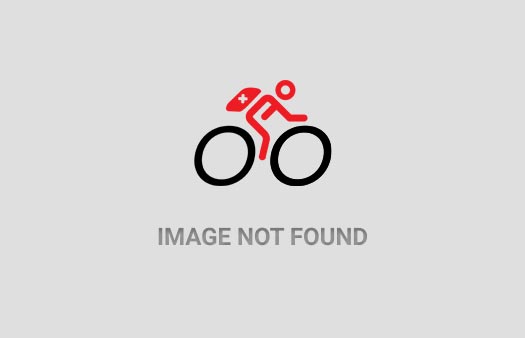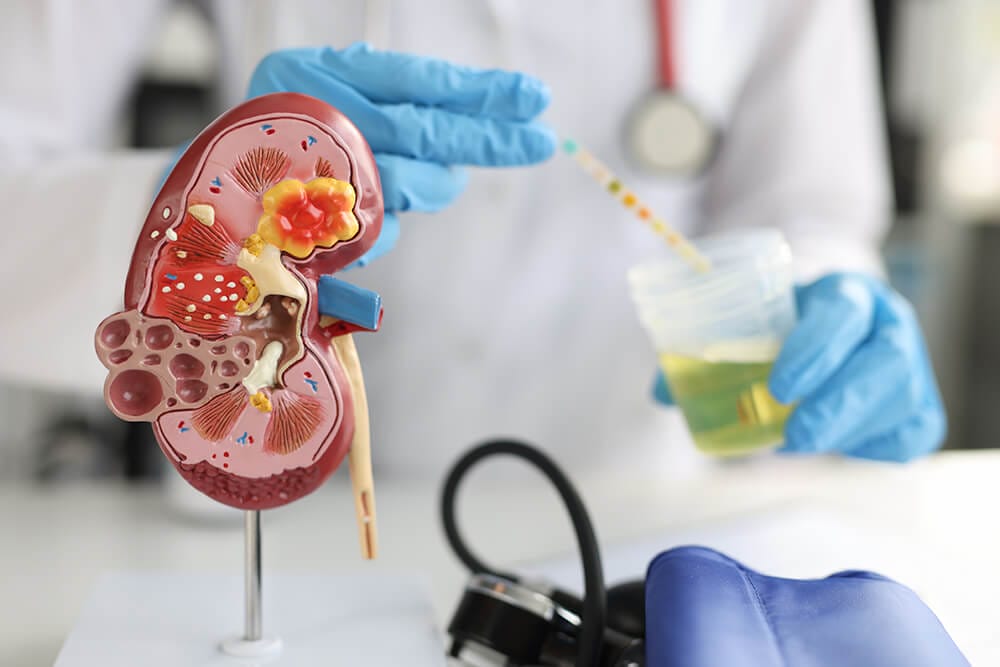
PPBS Test: Overview
PPBS Test: Overview
Diabetes is a common condition that affects people. In India, the current rate of prevalence for people suffering from diabetes is 11.2 percent. There are so many factors that increase the chances of you suffering from diabetes, like, genetics, an unhealthy lifestyle, or even environmental factors like pollution.
Diabetes is usually irreversible, and you can only keep it under control by observing certain precautions and regularly getting yourself tested for any increase in glucose levels. One such test is the ppbs test. The ppbs full form in medical terminology is the post-prandial blood sugar test. This test is conducted after you have eaten something, unlike other blood glucose tests that are taken during fasting.
What is PPBS in a blood test?
The post-prandial blood sugar test or the post-prandial blood glucose test is prescribed by doctors to measure the blood glucose levels post the last meal. This last meal is usually consumed 2 hours before the ppbs test. This test is primarily used for screening for prediabetes and both types 1 and 2 diabetes.
The meaning of PPBS in the category of blood tests indicates the need for checking your blood sugar levels after you have had a full meal. This test is usually not prescribed as part of any panel test unless doctors suspect otherwise. The test is also known as two-hour postprandial, glucose PP, post glucose, and glucose two-hour postprandial.
When talking about the normal range, the values vary from each person. The primary factor determining what is ‘normal’ for you is the condition you are in. if you are already a diabetic, your normal blood sugar levels will differ from that of what is actually normal for a healthy person. The Postprandial (PP) Blood Sugar Level is measured in milligram/decilitre (mg/dL). The table below will help you understand the normal better:
| Group | Normal just after eating | Normal after 2-hour eating |
| Normal | 170 – 200 | Less than 140 |
| Early Diabetes | 190 – 230 | Between 140 and 200 |
| Diabetes | 230 – 300 | Over 200 |
Procedure for the Prandial Test
There are no specific or very precautionary steps required from your end when taking the ppbs test. As the other names suggested, this test is conducted 2 hours after you have had your regular meal. For example, if you have eaten at 12 pm, the test will be conducted at 2 pm or a bit later. The procedure for collecting the sample and the testing is:
- Wrap a tourniquet around the arm to halt the blood flow. The veins below the tourniquet band become prominent, and it becomes easier to insert the needle.
- The needle insertion site should be cleaned with a wipe containing 70% isopropyl alcohol, and the needle should be inserted at an angle between 10 and 30 degrees.
- Place the vacutainer tube into the holder and allow it to be filled with the blood. Once the container is full, remove the container and the tourniquet band.
- Apply a gauze pad or cotton as the needle is removed to stem additional blood flow
- Apply pressure followed by a bandage
If you are already diagnosed with diabetes and are placed on medication, you should take your medicine normally after the meal. The test will also help the doctors understand how effective the prescribed medication is for you. Once the sample is collected, it is tested for blood glucose levels. The result is usually received within 2 hours of the sample collection.
Factors that affect the PPBS test result
The ppbs test is done to check the level of blood glucose post a full meal. The ppbs normal range is considered to be between 100 and 140 mg/dL. Hence, there are three factors that can affect the result. These factors include:
The glycemic index of the foods you consume
The glycemic index indicates the number of carbohydrates found in foods. This index will be helpful for people suffering from diabetes as foods that are rich in carbohydrates add more to the blood glucose levels. If you have consumed food with a high glycemic index value, like potatoes, tea, fried chicken, or flour-based food, your levels in the ppbs test will be high.
The time and duration of your workout
After the meal and before the ppbs test, if you did a workout, then the levels of the ppbs test result will be lower. When you exercise, glucose from your body is absorbed and converted to energy so you can exercise without your whole body shutting down due to the stress,
The actual timing of the meal
If you are in the habit of taking a nap after a meal, it can affect the test results. When you sleep post a meal, your blood glucose levels do not decrease as you are not engaged in any activities and the bare minimum energy required to keep your basal metabolic rate constant is taken from the stored energy.
Why is the PPBS test important
The ppbs test is a critical monitoring and screening test. It not only helps monitor and assess the effects of the medications prescribed to you, but it also serves as a diagnostic test to confirm if you are suffering from diabetes as you did show certain symptoms.
Diabetes can affect other organs if not properly managed. With the help of the PPBS test, doctors are able to:
Monitor your diet
As mentioned earlier, the glycemic index is a critical aspect when deciding on the diet. If you are already diabetic, you need to restrain from consuming certain food, and the glycemic index along with the ppbs test will help your doctors plan a meal for you.
Know the treatment progression
Diabetic patients are placed on medications like insulin injections, amylinomimetic drugs, alpha-glucosidase inhibitors, etc. All these medications help lower blood glucose levels. But, overdose is also a risk that can lead to the blood glucose level to crash below normal, even in a diabetic person. With routine ppbs tests, doctors can regulate the doses or add or remove medicines.
Intervene the development of long-term complications
Diabetes can affect other organs and can cause other conditions like:
- Retinopathy (eye damage)
- Neuropathy (nerve damage)
- Nephropathy (kidney damage)
- Cardiac damage and diseases like heart attacks, etc.
- Stroke
To prevent these damages and conditions, the ppbs test is prescribed to people suffering from diabetes.
Who should get their PPBS levels checked
The ppbs test is prescribed to people who are:
- 45 years of age or older
- Overweight or obese
- At the risk of suffering from or have suffered from heart disease, high blood pressure, or high cholesterol
- Diagnosed with prediabetes
- At risk as they might genetically inherit diabetes
- Not actively working out or keeping a healthy lifestyle routine
- Suffering PCOS/PCOD
Pregnant women are also often screened for gestational diabetes that can harm the baby and the mother if not controlled in time.
If you are showing symptoms related to diabetes, then the ppbs test is used to screen for the same. The symptoms include:
- Frequent need for urination
- Feeling excessive hunger or thirst
- Having a tingling or a loss of sensing the feel in the hands or feet
- Blurred vision
- An abnormal number of infections
- Unexplained weight loss
- Fatigue
- Dry skin
- Appearances of sores that do not heal fast
Conclusion
Diabetes is a serious condition and should be treated with care and caution. There are various tests that can help you monitor your blood glucose levels. There are various devices available that can help you monitor your blood glucose anywhere. That said, you should also consult your doctor if you feel the symptoms are developing or if you want to know more about your condition and the treatment’s effectiveness.
FAQs
What is prediabetes?
Prediabetes is the conditonm where your blood glucose level is higher than normal but it is not categorized as diabetes, yet. When you are diagnosed with prediabetes, you are still able to completely cure it with some alterations to your lifestyle.
What is the difference between type 1 diabetes and type 2 diabetes?
The primary difference between type 1 diabetes and type 2 diabetes is that the former is due to genetic conditions and the signs often show early in life while the latter is due to lifestyle and environmental factors. Type 1 diabetes can be considered an autoimmine disorder as the immune system attacks the insulin-producing cells.
What is the fasting blood sugar test?
As the name suggests, the fasting blood sugar test or FBS is a test that mesures the blood glucose levels when you have fasted for a specific time.
















